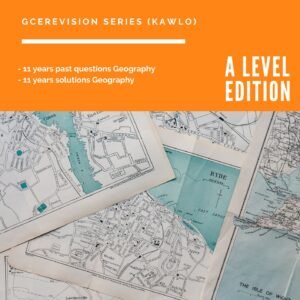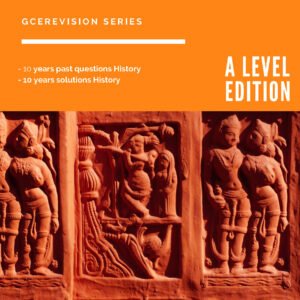social and geographical causes of population movement in cameroon
Social causes
The jihads introduced in Northern Cameroon by Modibo Adama in 1809, contributed to the movement of people in the 19th century. The jihad was a politico-religious war launched by the Fulani to establish their hegemony and introduce orthodox Islam. All the tribes who resisted Fulani jihads migrated to mountain regions where Fulani horses could not climb while the Bali chamba, Tikar, Gbaya, Vute and Bamileke migrated from Fumbina to the south.
Cultural ties also influenced movements in the 19th century. Tribes with same ancestral origins, history, culture or language tended to move close to each other. This was the case with Nso-Bamum migration, Douala-Bakweri migration and Bayang-Keyaka migration.
Population movements were common among the Bantus and semi-bantus people because of accusations of witchcraft. Those accused were forced to abandon yjeir settlements or the hunted flee for their dear lives.
Geographical causes
The change of climate in Northern Cameroon was very instrumental to the population movements in this area. This change brought about drought and famine in this area causing the movement of the Bali, Tikar and other Bantus people towards the south.
The influence of rivers, Atlantic ocean, lakes played a major role. The Lake Chad basin and the Benue basin attracted Fulani settlers in the North because of fertile soils and pastures. The Douala migrated to the Wouri Estuary because of sea breewe, conduisive climate and fishing opportunities.
https://cameroongcerevision.com/chapter-1-population-movement-in-cameroon-19th-century/















Ngomna Nicolas
September 13, 2021
I really appreciate the response
Akoa
October 25, 2021
Nice
Nembuanyi Zacheous
January 28, 2023
Interesting
Olivia
January 6, 2024
Thanks for helping me